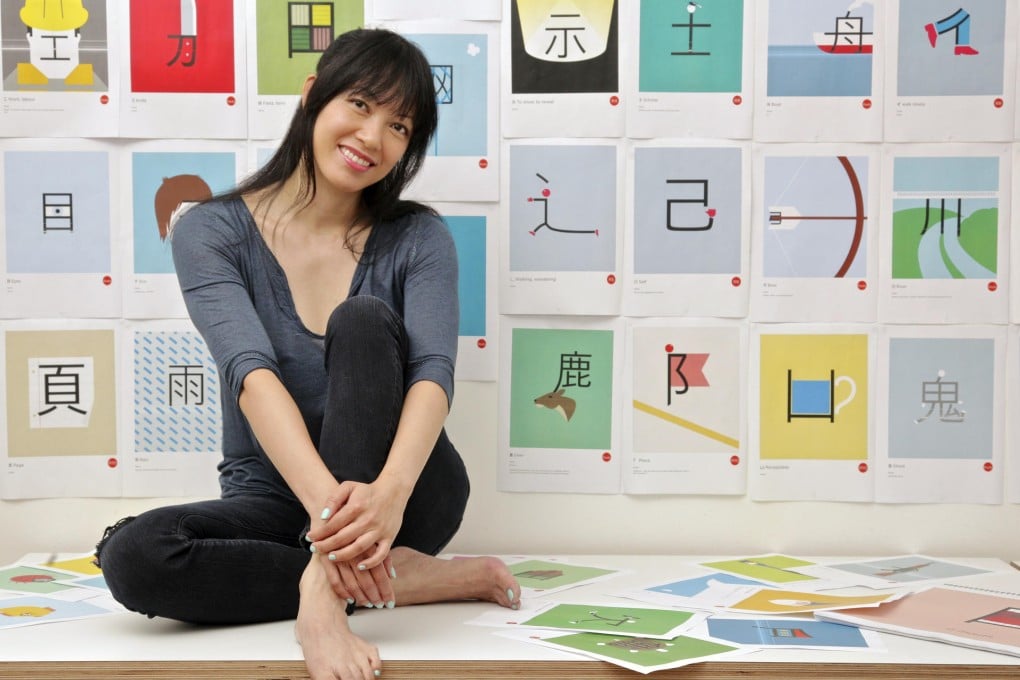'Chineasy' developer gets backing for innovative learning approach
A Taiwanese native living in the UK has attracted thousands of financial supporters to her innovative approach to learning Chinese characters

While interest in China and things Chinese may be stronger than ever, learning how to write the language remains stubbornly difficult.
Now, Taiwan-born Shaolan Hsueh, who describes herself as an "entrepreneur, a traveller and a dreamer", thinks she may have cracked the problem.
After Hsueh tried - and failed - several ways to teach her British-born children to read and write Chinese, she decided to create her own method.
Over the following three years, she broke down her mother tongue into smaller building blocks and began drawing colourfully illustrated flash cards.
Her system, Chineasy, basically starts backwards, teaching the easiest rather than the most commonly used characters first. This is so as not to scare off new learners.
Chineasy was not initially intended for the wider public, but the overwhelmingly enthusiastic response in May this year to Hsueh's TED (Technology, Entertainment, Design) talk on the method convinced her to go all out. Her campaign on online funding platform, Kickstarter, to sponsor learning Chinese "the easiest way" has just ended with 5,475 supporters pledging GBP £197,630 (HK$2.4 million).